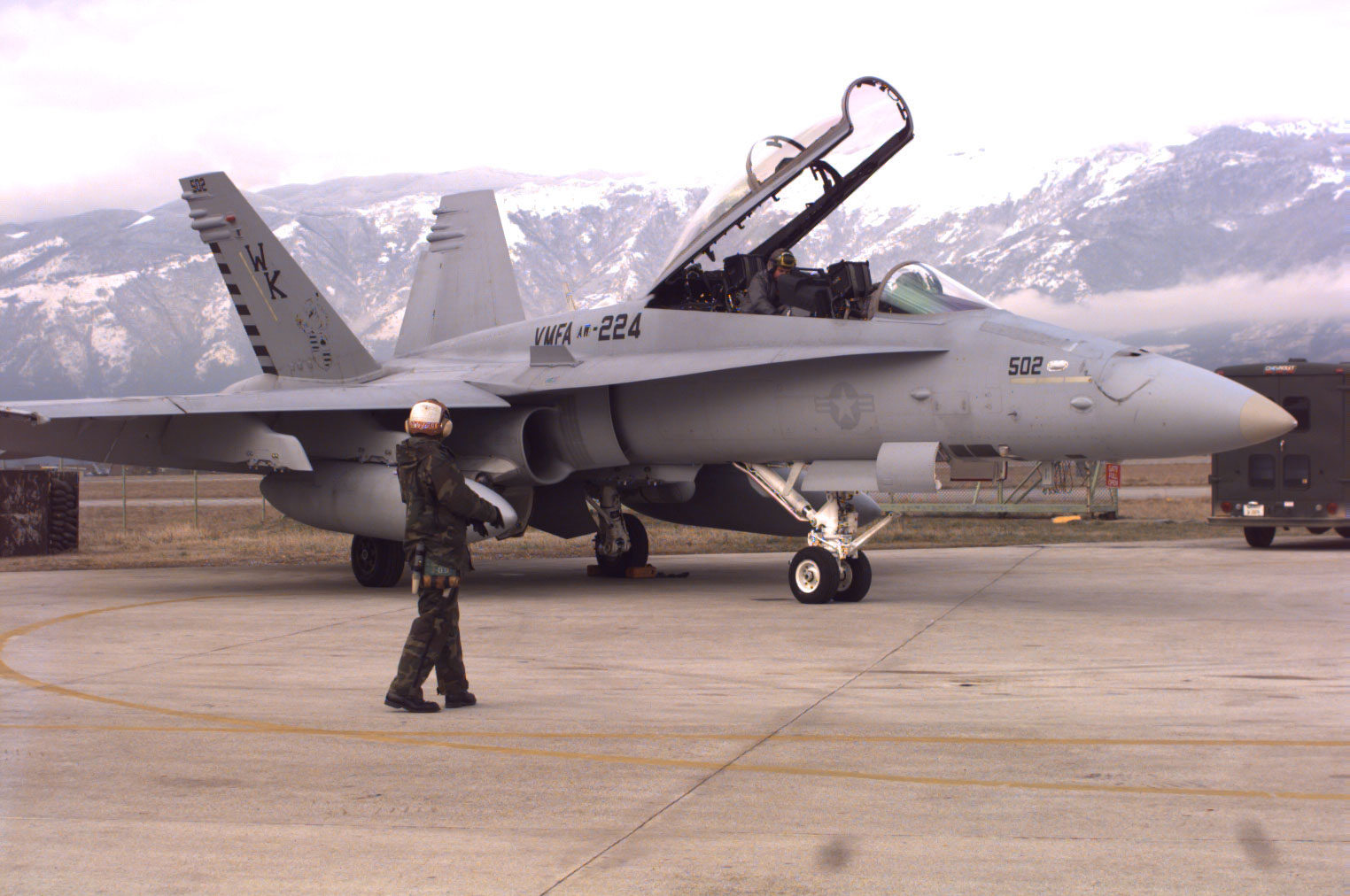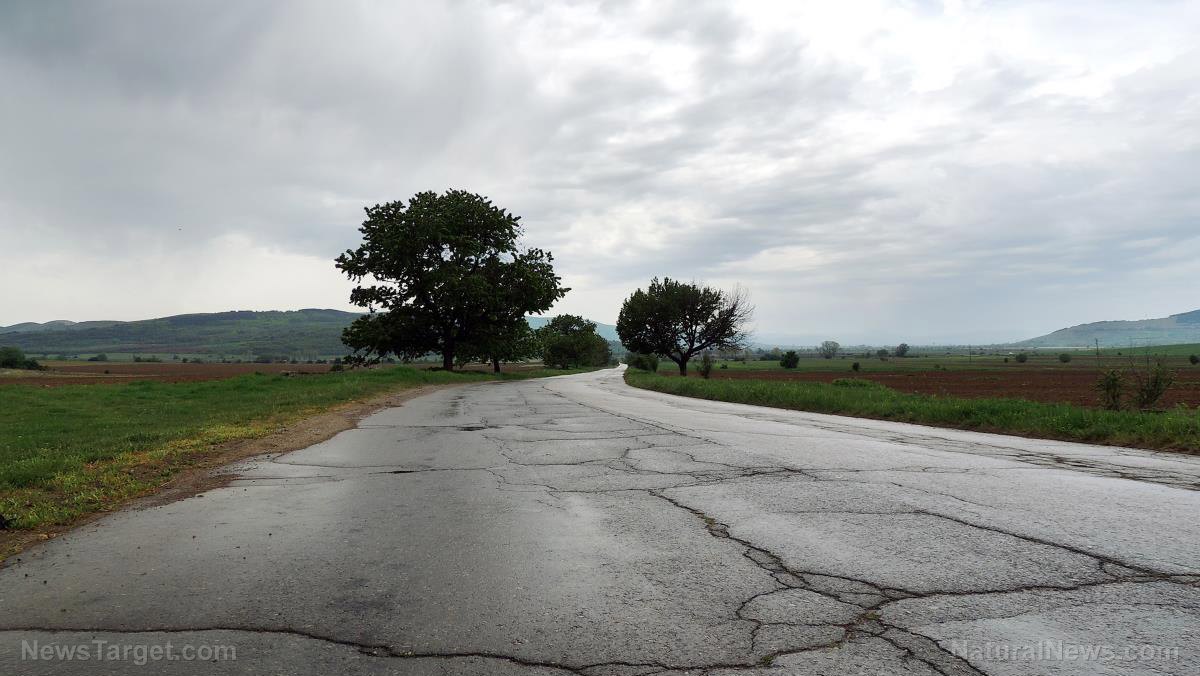As Trump prepares to sanction Turkey over Syria invasion, Ankara may hold 50 U.S. tactical nuclear weapons in the country hostage
10/16/2019 / By JD Heyes

One of the least-known aspects of the Cold War is that once upon a time, the United States kept a sizable nuclear arsenal throughout Europe.
Why? Because most military experts believed that the only way the U.S. and NATO would effectively blunt an invasion of the continent by the Soviet Union and its Warsaw Pact was to deploy and utilize tactical nuclear weapons.
When the Cold War ended, most of those nuclear weapons were removed from the continent. But not all of them.
The U.S. still maintains about 50 tactical nukes at Incirlik Air Force Base inside Turkey, an erstwhile NATO ally that is moving closer to Russia’s orbit and has just invaded neighboring Syria after assuring President Trump it would not.
Now, according to various reports, it’s possible that Turkish President Recep Tayyip Erdo?an, an Islamist, may attempt to hold those nukes ‘hostage’ if the U.S. follows through with massive economic sanctions against him over the invasion, in which his forces are targeting once-allied Kurds.
The U.S. still has nuclear weapons in Europe, stored at various locations. But they are not in danger of being ‘confiscated’ by a regional power.
Writing in The New York Times, David Sanger notes:
…State and Energy Department officials were quietly reviewing plans for evacuating roughly 50 tactical nuclear weapons that the United States had long stored, under American control, at Incirlik Air Base in Turkey, about 250 miles from the Syrian border, according to two American officials.
Those weapons, one senior official said, were now essentially Erdogan’s hostages. To fly them out of Incirlik would be to mark the de facto end of the Turkish-American alliance. To keep them there, though, is to perpetuate a nuclear vulnerability that should have been eliminated years ago.
Fundamental shifts in alliances are coming
As a NATO ally, Turkey has been inching out of favor for years now. The coup de grace, as it were, likely was Ankara’s decision, against the Trump administration’s wishes, to purchase Russian-made S-400 air defense systems. The administration and especially the Pentagon objected because, as a partner on the F-35 program, there were fears that Russian trainers for Turkish air defense troops would be able to learn about any of the plane’s vulnerabilities.
Now, there is the question of nuclear weapons and how to get them out.
“I think this is a first — a country with U.S. nuclear weapons stationed in it literally firing artillery at U.S. forces,” Jeffrey Lewis of the James Martin Center for Nonproliferation Studies wrote last week, referring to reports that Turkish artillery forces intentionally “bracketed” a U.S. special operations outpost in the Syrian city of Kobani.
There are differences of opinion as to whether Trump’s decision to withdraw American troops from Syria was wise or foolish, whether it hurts Russia or helps. While most Americans probably agree with the president’s withdrawal given that U.S. troops have been there since Obama ordered them in circa 2015, he should have had the nukes removed first.
Plus, there is another complication. Under Article V of the NATO charter, all members must come to the mutual aid of any other member who has come under attack; what are European partners supposed to do if the U.S. and Turkey somehow exchange blows? The alliance itself could fracture and destroy itself.
It’s hard to see how this plays out well to Turkey’s advantage, given that the Trump administration will do whatever it has to do in order to secure its nuclear weapons in storage at Incirlik — even if it means defending its forces against a Turkish incursion there.
But in the short term, President Trump has some things to think about and some hard decisions to make regarding the future of U.S.-Turkish relations and that of NATO.
Sources include:
Tagged Under: Cold War, Collapse, hostage, hostile, Incirlik Air Base, invasion, military, military tech, national security, NATO, nuclear weapons, President Trump, Recep Tayyip Erdo?an, Syria, troop withdrawal, turkey, U.S. forces, United States, weapons tech
RECENT NEWS & ARTICLES
COPYRIGHT © 2017 CHAOS NEWS


















